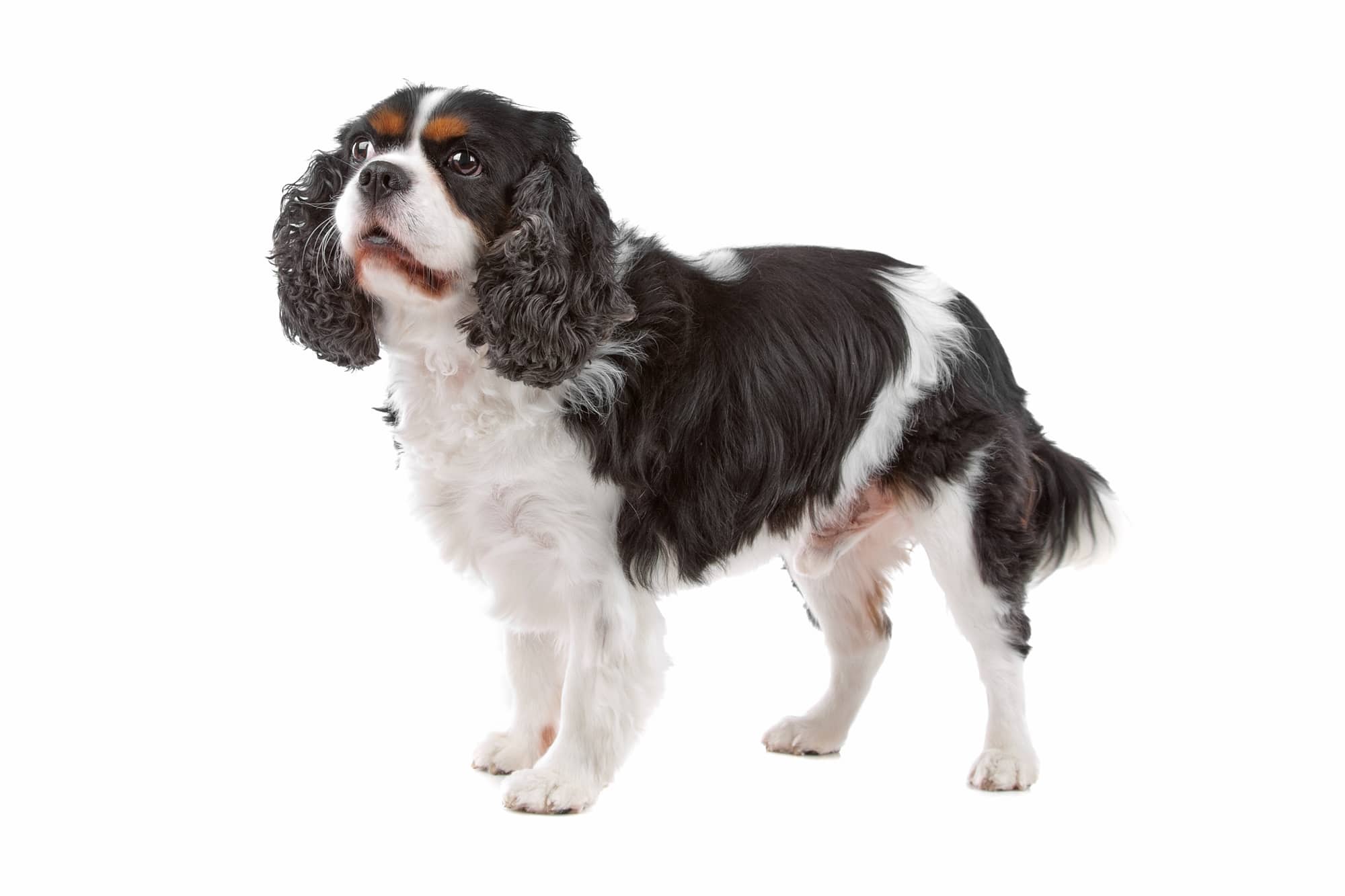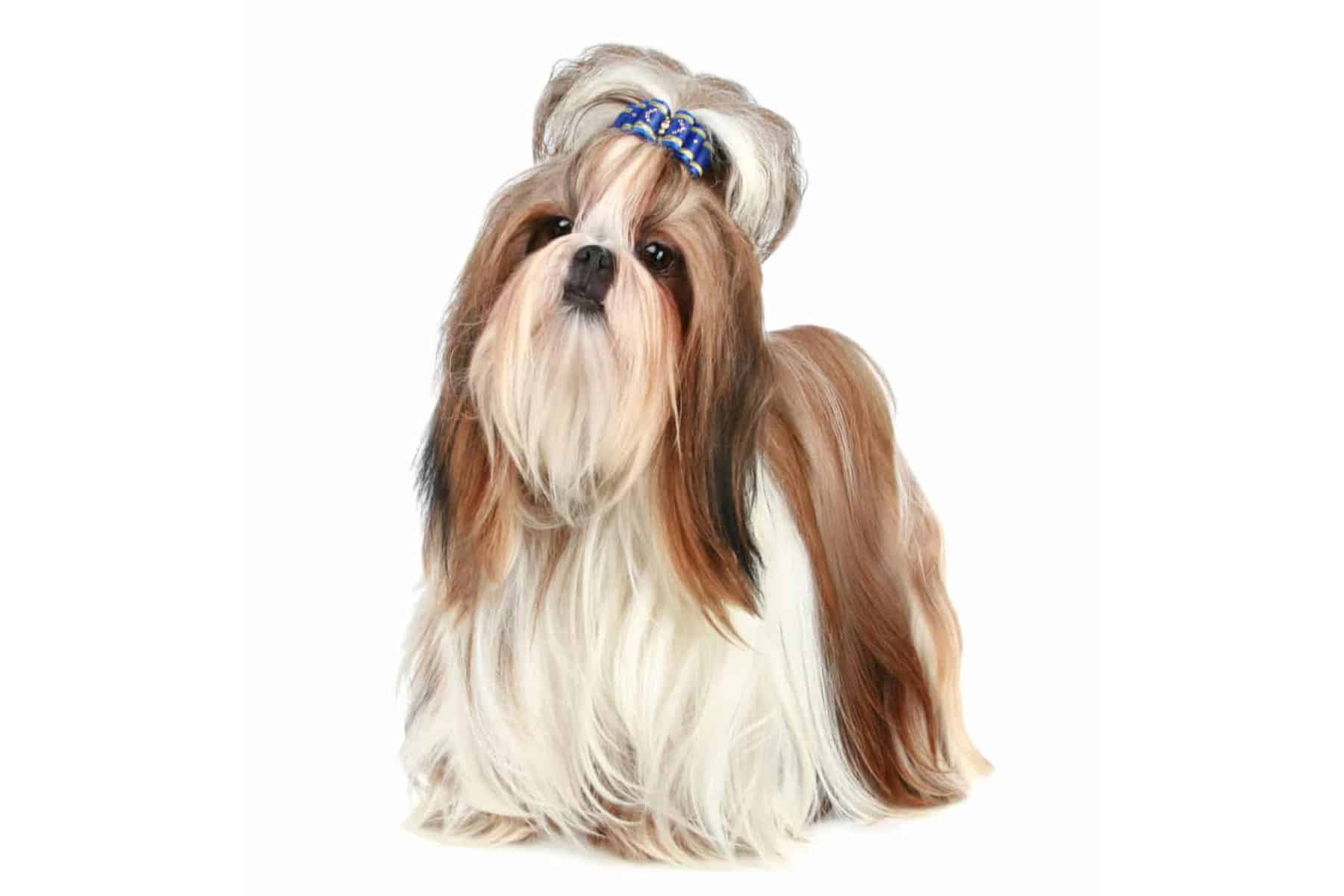Japanese Spitz
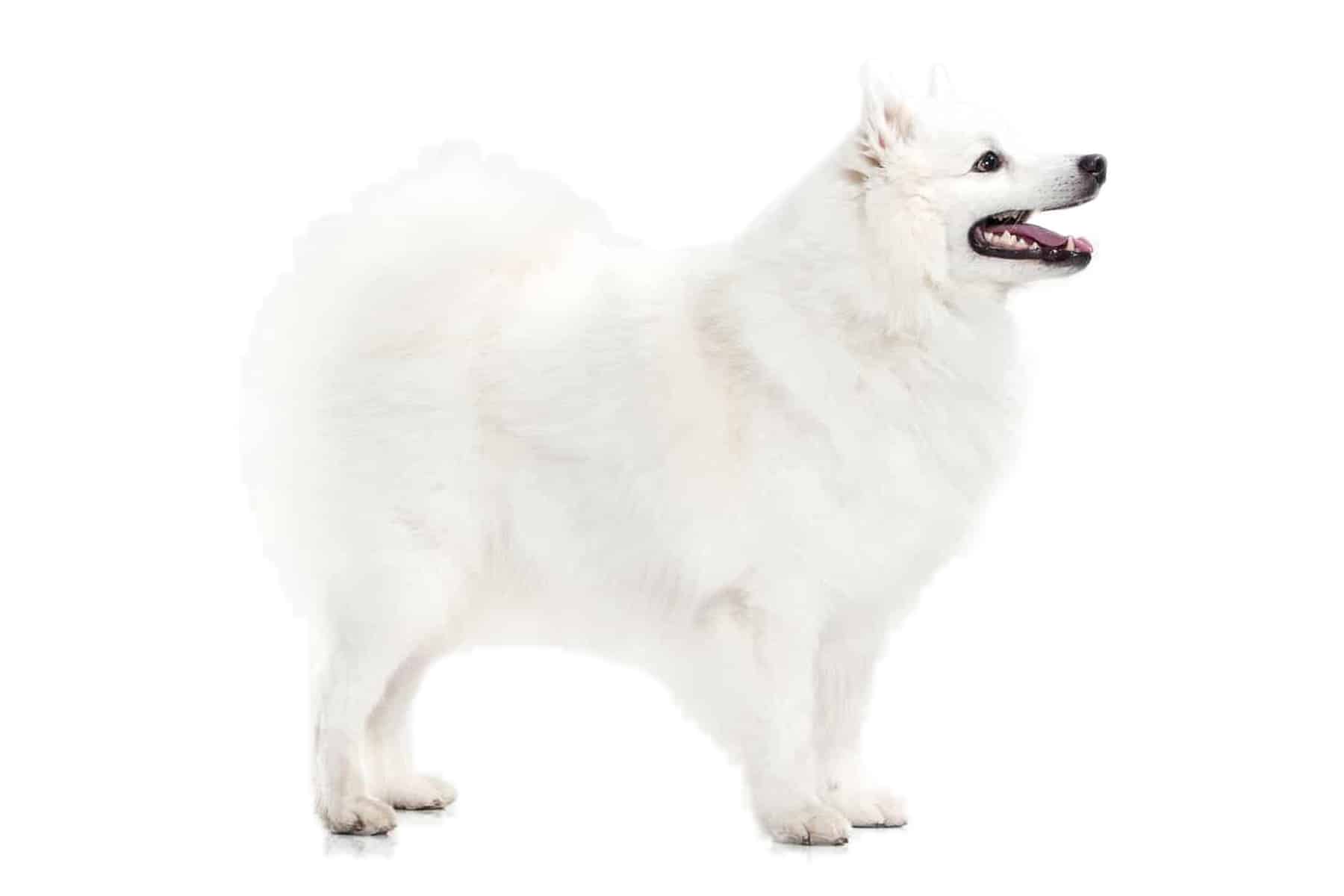
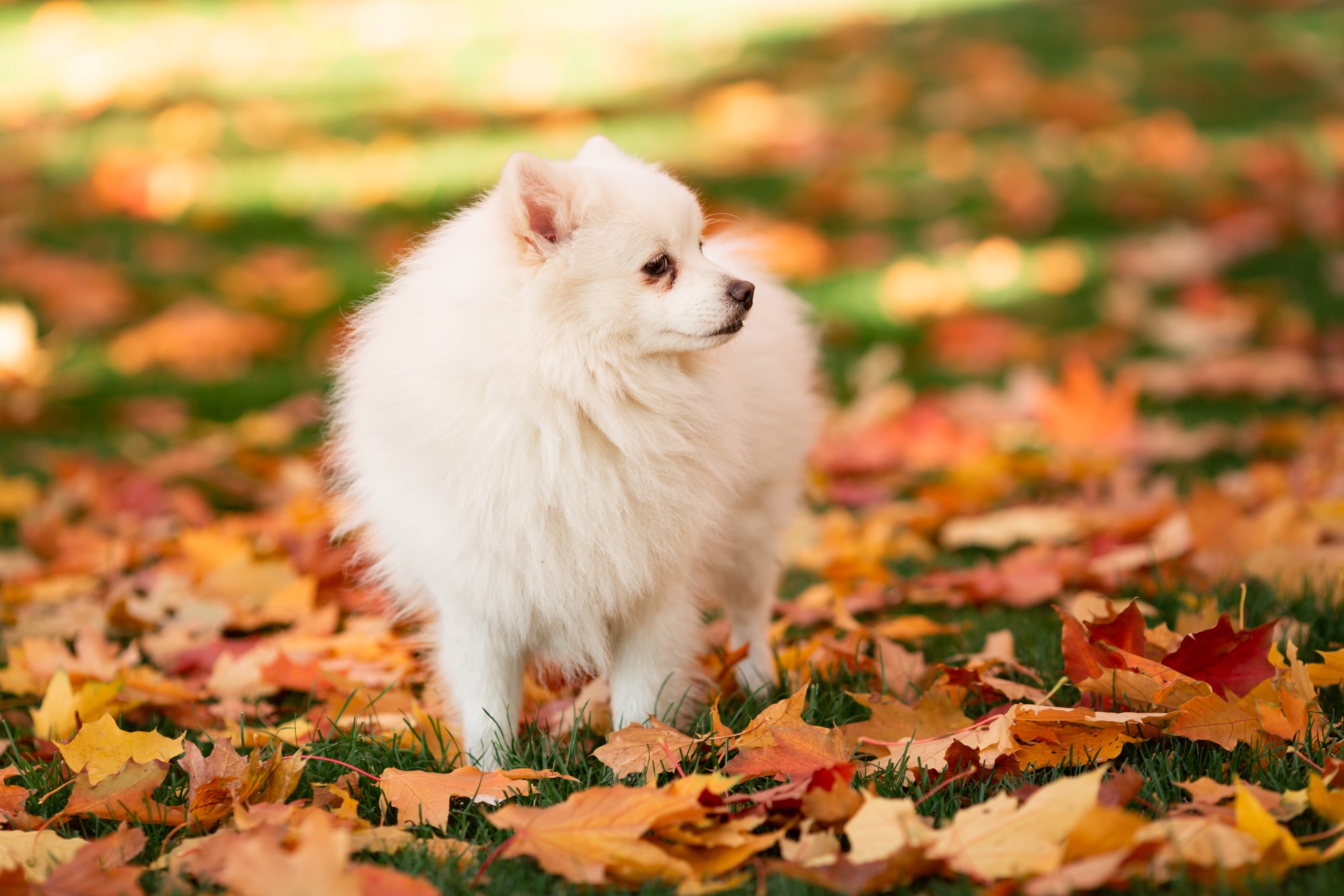
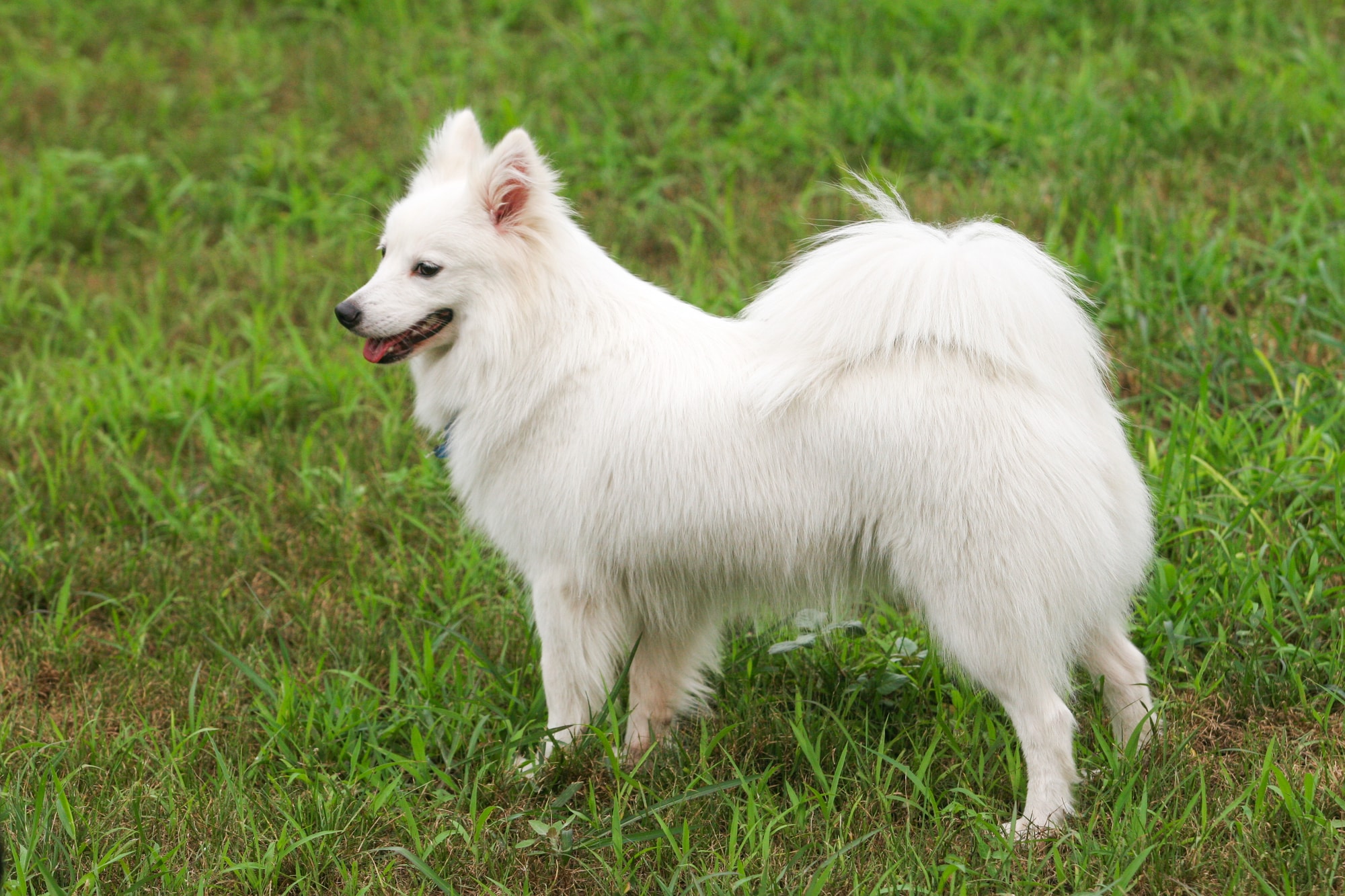
Temperament:
Anyone who likes small, attractive dogs will love the Japanese Spitz. With its thick coat, dark eyes and characteristic pointed face, it is a real eye-catcher. The four-legged friend, known in Japan as the "Nihon Supittsu", has a friendly and uncomplicated nature.
Characteristics
The Japanese Spitz was recognized as a Japanese dog breed by the Fédération Cynologique Internationale (FCI) in 1964 (FCI Group 5, Section 5, Standard No. 262).
The four-legged friend is characterized by the fact that it is exclusively pure white. The dense, straight standing hair gives the Japanese Spitz a strong appearance. The fluffy undercoat also contributes to this. The beautiful curly coat on the shoulders, neck and forechest contributes to the attractive appearance. The tail is characterized by a long, voluminous plume.
Despite its short legs, the Japanese Spitz has an athletic and extremely agile appearance. Due to its balanced proportions, this compact pedigree dog appears both independent and harmonious.
The height at the withers - the raised transition from the neck to the back - is usually 30 to 38 cm in adult males. Bitches reach a slightly smaller size. The Japan Spitz weighs between 4.5 and 11 kg.
The balanced nature of the Japanese Spitz matches its very harmonious appearance. It is an attentive watchdog. However, anyone approaching it is not immediately greeted with wild barking. Only when the Japanese Spitz senses a serious threat does it become loud and defend itself vehemently.
At home, the Japanese Spitz tends to be quiet. Outdoors, however, it likes to show how much energy it has. To enjoy the Japanese Spitz, you should like a small dog that likes to romp around and play. You should also enjoy going on long walks with your four-legged friend.
The Japanese Spitz is a very people-oriented dog. It doesn't care whether it lives with a single person or whether it has a master and mistress. He also likes to live with a family. Two-legged company has priority. Conspecifics or other pets are not enough for him. Even if the Japanese Spitz usually gets on well with them. So if you don't have much time for a dog, the Japanese Spitz is probably not the right dog for you.
The white dog loves the company of people and would like to be with them everywhere and at all times. He is very docile and eager to learn. This and his affectionate nature make training him quite easy, even for inexperienced dog owners.
A city apartment is suitable for him as long as he is well exercised with extensive walks and activities.
Coat care:
Shedding:
Energy level:
Trainability:
Children suitable:
The right food
When choosing food, make sure that it contains high-quality ingredients, is balanced and meets your dog's requirements. Age, size or weight, activity and health status play an important role. You should follow the manufacturer's recommendations for the amount of food.
Treats should only be fed in moderation and deducted from the basic diet to avoid obesity.
Puppies can be fed 4-6 times a day. The number of meals should be gradually reduced to 2 per day until the dog is fully grown. A rest period should be observed after meals.
Fresh drinking water should be available at all times.
Health & Care
One of the most striking features of the Japanese Spitz is its beautiful white coat. And it needs to be groomed! It should be brushed weekly. The Japanese Spitz changes its coat twice a year. This takes about 2 to 3 weeks. During the shedding period, it should be brushed thoroughly every day.
As the Japanese Spitz has a dirt-repellent coat, it should not be bathed regularly. Regular bathing can also irritate the skin. Twice a year is sufficient. If it has come into contact with mud, wait until the mud has dried. Then you can simply brush it off.
Teeth also need special care. They should be brushed at least once a week. It is better to brush their teeth daily, as the Japanese Spitz is often prone to dental problems.
The Japanese Spitz can also be susceptible to diseases due to its hereditary predisposition. It is therefore possible that constricted tear ducts or eye diseases such as distichiasis can become a problem. Inflammation of the nose, ears and paws is also not uncommon. Patellar luxations, where the kneecap jumps out of its guide, are also common.
As the Japanese Spitz is susceptible to diseases, the dog should always be closely monitored so that measures can be taken in good time to counteract impending ailments. If necessary, consult a vet.
You can counteract the enormous increase in care that often occurs with the onset of diseases by purchasing a Japanese Spitz exclusively from a reputable breeder. It is important to get an idea of the breeder's premises in order to make an assessment.
Several visits to the breeder are recommended. The personal impression simply has to be right. It is convincing if the breeder can present genetic test results to prove the seriousness of his breeding.
Finally, when buying, you should make sure that the dog's papers are in order. A pedigree and a purchase contract are part of a dog that has been bought from a reputable breeder.
Suitable accessories
The Japanese Spitz does not require any breed-specific accessories. A lead and collar must be available. Alternatively, a chest harness can be used. A harness should be chosen that ensures that the coat remains well ventilated and does not stain the material. A flexible lead makes it possible to satisfy the Japanese Spitz's urge to move. This is particularly practical if the dog cannot be let off the lead.
A brush must be available for grooming. A comb is also recommended. A toothbrush or finger brush and a suitable toothpaste are also required.
A basket and a blanket should be available for your Japanese Spitz so that it has its own resting place. A feeding and drinking bowl should also be included in the equipment. Your Japanese Spitz is sure to enjoy a toy or two. Agility toys in particular suit the character of this lively little dog.
Other accessories that should be part of every dog's basic equipment: tick tweezers, claw clippers, mild dog shampoo, transport box for transportation in the car and a first aid kit. Ask your vet what belongs in the first aid kit.
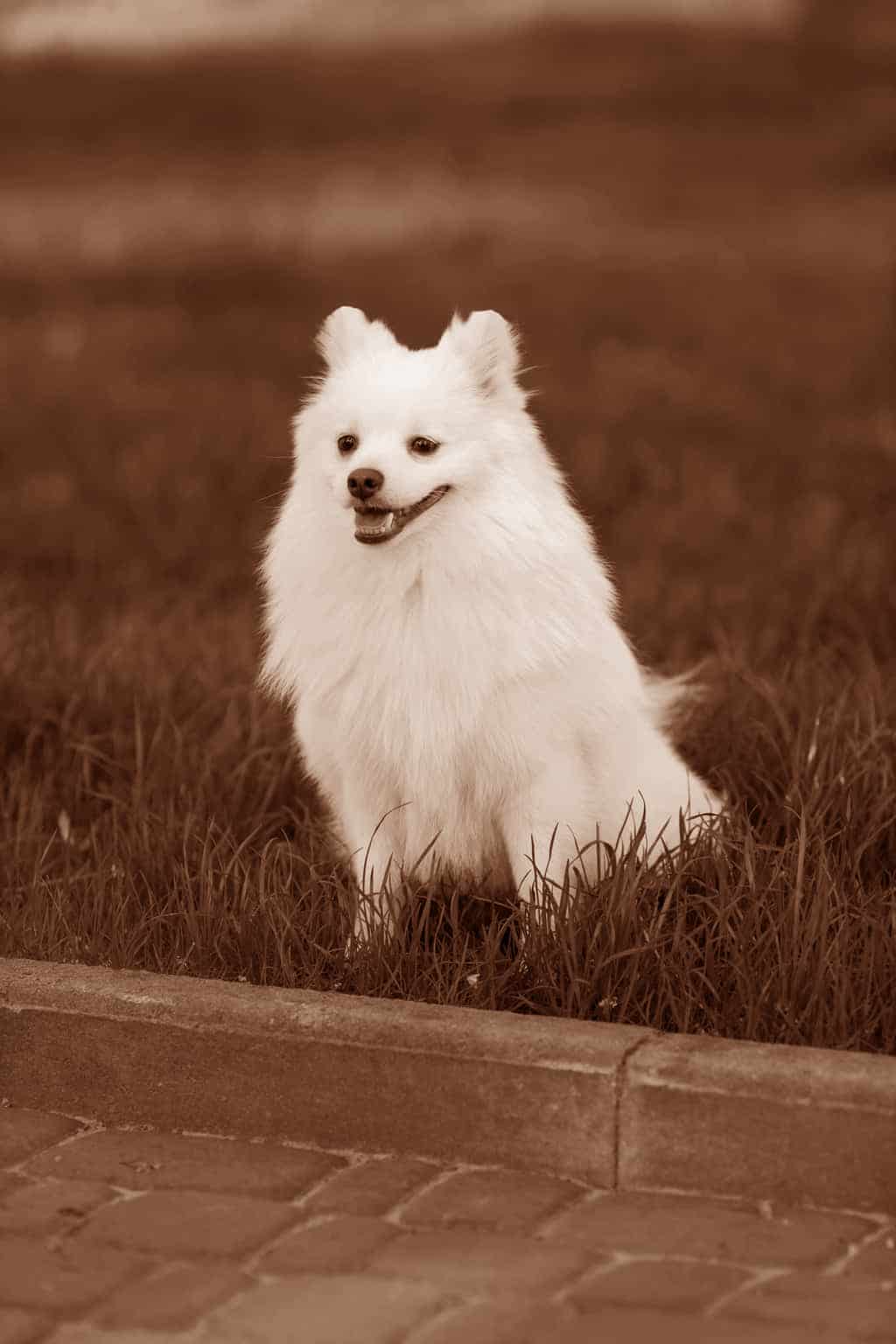
Origin & History
Contrary to popular belief, the Japanese Spitz does not originate from Japan. In fact, the Japan Spitz originates from Europe. It is believed to have been brought to Japan by travelers at the beginning of the 20th century.
There is controversy among cynologists as to whether the breed's origins can be traced back to the Nordic Spitz. The similarity to the German Mittelspitz suggests that the Japanese Spitz is descended from it. It is also considered possible that the Japanese Spitz is descended from the white German Spitz and came to Japan via Siberia and China.
The breed was first shown at a dog show in Tokyo in the early 1920s. After that, specially bred pointers were imported. These initially came from Canada, later from China, Australia and the USA.
The small white dog with its attractive appearance and pleasant characteristics became increasingly popular with the Japanese.
The first breed standard was established by the Japanese Kennel Club in 1948. It remained valid until it was revised by the FCI. It is characteristic of breeding in Japan that efforts were always made to keep the Spitz small. In Germany, on the other hand, breeders tended to prefer large animals.
Although the Japanese Spitz was very popular in Japan for many decades, the number of newly registered puppies has declined noticeably in the recent past. In Europe and the USA, the Japanese Spitz is enjoying increasing popularity again today.
The breed was finally recognized by the FCI in 1964.

